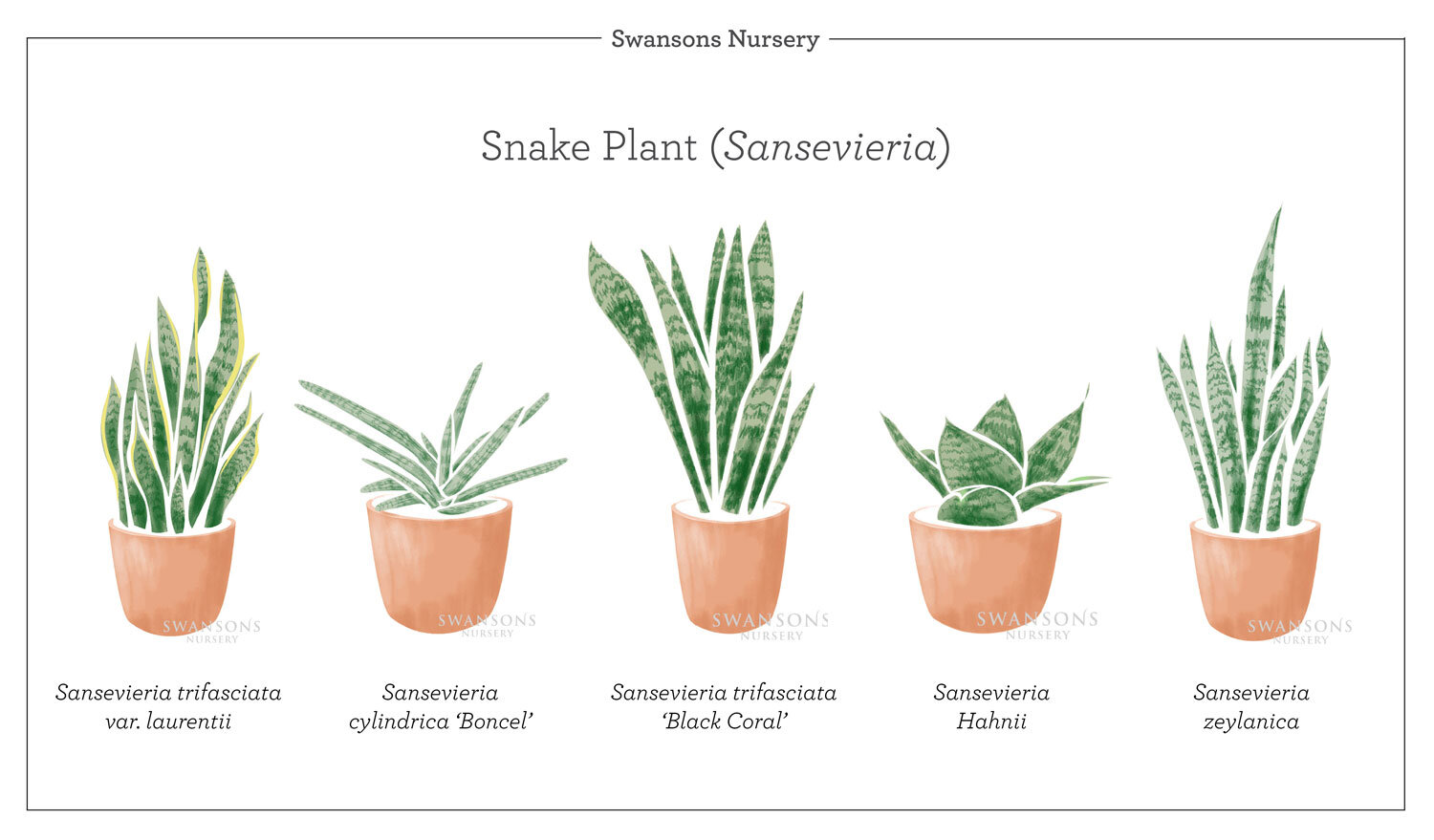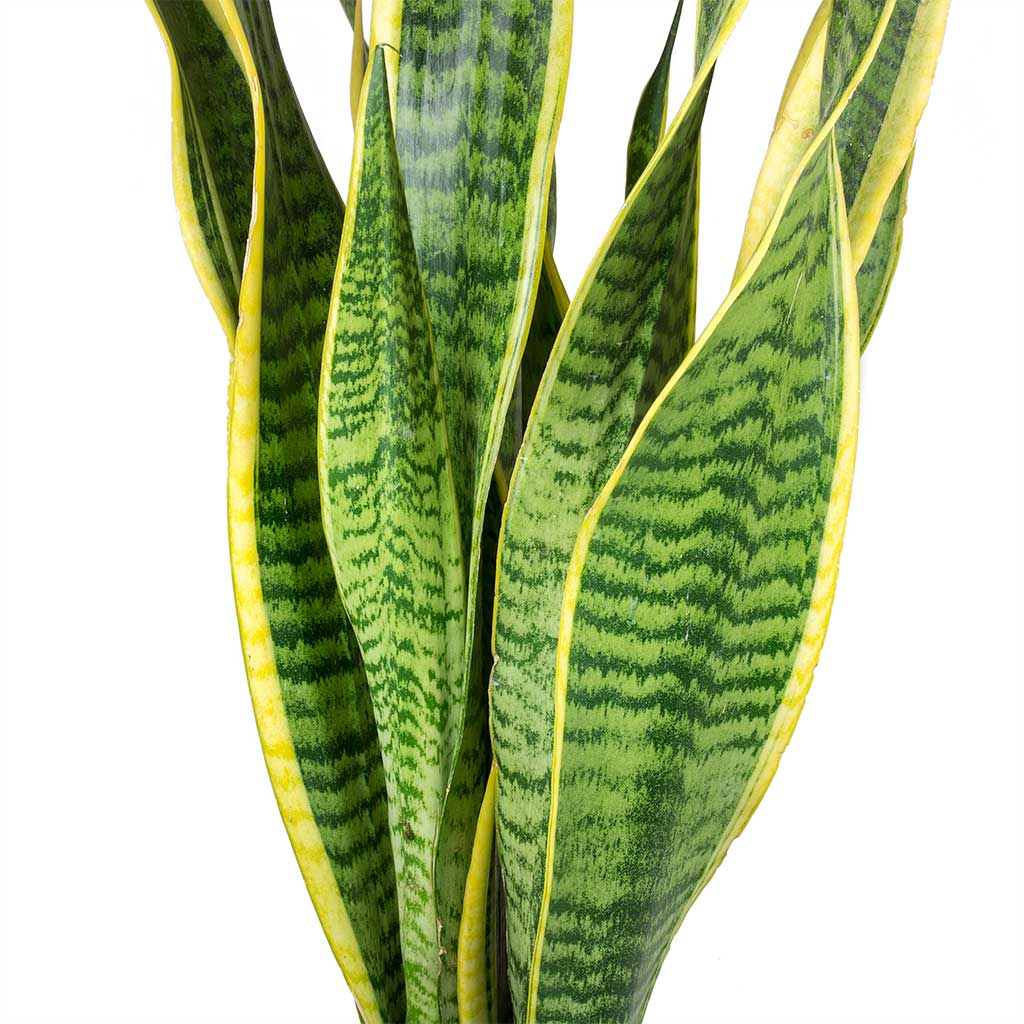Snake Plant Leaves Turning Yellow for Beginners
Wiki Article
The Buzz on Snake Plant Leaves Turning Yellow
Table of ContentsThe smart Trick of Snake Plant Leaves Turning Yellow That Nobody is DiscussingSnake Plant Leaves Turning Yellow Can Be Fun For AnyoneThe Main Principles Of Snake Plant Leaves Turning Yellow The Greatest Guide To Snake Plant Leaves Turning YellowThe 8-Minute Rule for Snake Plant Leaves Turning YellowThe Best Strategy To Use For Snake Plant Leaves Turning Yellow

Ideally, you ought to include a fluid plant food to the plant's water. It is much better to offer snake plants also little fertilizer instead than as well much. Do not feed snake plants in the wintertime. Repotting Flat pots with broad sizes are suitable for Sansevieria, as the plants develop thick rhizomes that spread out horizontally just under the surface area of the dirt.
This is only needed when the plants are entirely rooted through, if the rhizomes press one another up out of the dirt or expand over the rim of the pot. Some leaves may topple away over the sides on high houseplants as the root is not sufficiently anchored in the soil.

The Ultimate Guide To Snake Plant Leaves Turning Yellow
The celebrity sansivieria (Sansevieria kirkii) has great deals of tiny, thin leaves. There are likewise numerous ornamental types of this types. One especially quite alternative of the easy-care residence plant is the follower serpent plant (Sansevieria zeylanica). Circulating serpent plants The green-leaved snake plant can be extremely quickly circulated in the spring or summertime with cuttings approximately 1.You ought to keep in mind when circulating the snake plant which cut side belongs at the top and which at the bottom! Just after that need to the leafed pieces be planted in wet substrate.
Shorten the fallen leaves of long-leafed varieties by concerning half so that the plant is steady in the pot. Diseases and Bugs The snake plant is an extremely durable plant even with modest care and in sub-optimal problems; it also forgives major treatment errors.
Brown tinted or limp leaves are normally triggered by root rot, waterlogging or temperatures that are as well reduced. The most frequent pests on serpent plants are mealybugs. The plants are also sometimes ravaged with spider mites when they remain in completely dry, heated air.
Our Snake Plant Leaves Turning Yellow PDFs
Sansevieria, Mother-in-Law's Tongue, Viper's Bowstring Hemp. There are several kinds of Snake plant which all need the very same care: Snake plant moonshine Snake plant Victoria Snake Plants can reside in low light to brilliant, direct sun (Snake Plant Leaves Turning Yellow). They're the ideal plant to bring life to a dark area or edgeThroughout the winter season do not hesitate to only water your snake plant once a month if the soil is still damp after 2 weeks. Snake Plants do not have any particular moisture needs however they favor drier settings. Serpent Plants do not have any type of particular temperature level needs, however will suffer if based on temperature levels listed below 10C.
Its slow growth price makes it fairly unusual in the trade. There are 2 almost similar forms, among which is'Nelsonii'.'Nelsonii 'propagates true to kind from leaf cuttings while the other type, also marketed as'Nelsonii', need to be propagated by root department because fallen leave cuttings generate S. trifasciata.
Harvesting bed-grown sansevieria is a selective thinning procedure. Single rosettes of wanted size are cut from the staying clump by hand with a weeding blade or similar reducing tool, and lifted from the bed. Completely productive beds are collected 5 to 6 times annually to stop crowding of young plants which misshapes new rosettes.
Not known Details About Snake Plant Leaves Turning Yellow
Sandy area dirts utilized for ground beds need to be amended with 15 to 20 percent peat integrated right into the upper 4 inches to enhance water holding and cation exchange ability. The p, H of many sandy ground beds in main Florida arrays between 5. 5 and 6. 8. Research study has actually shown that S.29 pound per plant. Nonvariegated plants are normally more efficient than variegated cultivars of the very same varieties. Some nurseries grow little plants from fallen leave cuttings in either ground beds or elevated benches - Snake Plant Leaves Turning Yellow. Leaf cuttings of nonvariegated cultivars are typically stuck in very early springtime and yield small plants in autumn under shadehouse conditions.
5 inches into a well drained however moist tool. Since the upper and basal end of cuttings taken from the mid-section of taller types is difficult to identify visually, it is usually preferable to mark or scratch one end of the cuttings continually to assist in sticking. Cuttings stuck upside-down will certainly not create origins.
An Unbiased View of Snake Plant Leaves Turning Yellow
Root and shoot advancement takes find out here now place extra gradually at reduced temperature levels; temperatures below 60F ought to be avoided. Depending on cultivar, reducing size, area of fallen leave utilized, and its physiological problems, leaf cuttings will usually generate 1 to 5 plantlets. Plantlets need to be damaged or cut from the fallen leave reducing when they reach the wanted sized.
10 to 12 fertilizer applications each year to stock beds under area conditions or under structures will certainly maintain ample additional resources fertility, plant vigor, and top quality. Nitrogen is the most essential element in a lot of baby rooms in terms of limiting the price of plant development. Stock beds must obtain 500 to 750 pounds per acre each of nitrogen (N) and potash (K2O).
Serpent plants are a wonderful enhancement to any home. If you've got one and you discover that the leaves of your snake plant are splitting, don't worry!
Signs include plants that don't get enough water or plants that are over-watered. Plants that don't get enough water will have dry leaves and stems, with huge voids in between the split locations of their fallen leaves. Over-watered plants will certainly have soft and drooping stems, in addition to white areas on the bottom of the leaf.
The 45-Second Trick For Snake Plant Leaves Turning Yellow
If your serpent plant's leaves are splitting, it might be because of overwatering. When you Home Page sprinkle your serpent plant, you want to avoid saturating the soil so it remains damp but not soaked. If you water also usually or way too much, after that the soil can come to be as well damp and will certainly not absorb dampness as quickly when sprinkled once again.Report this wiki page